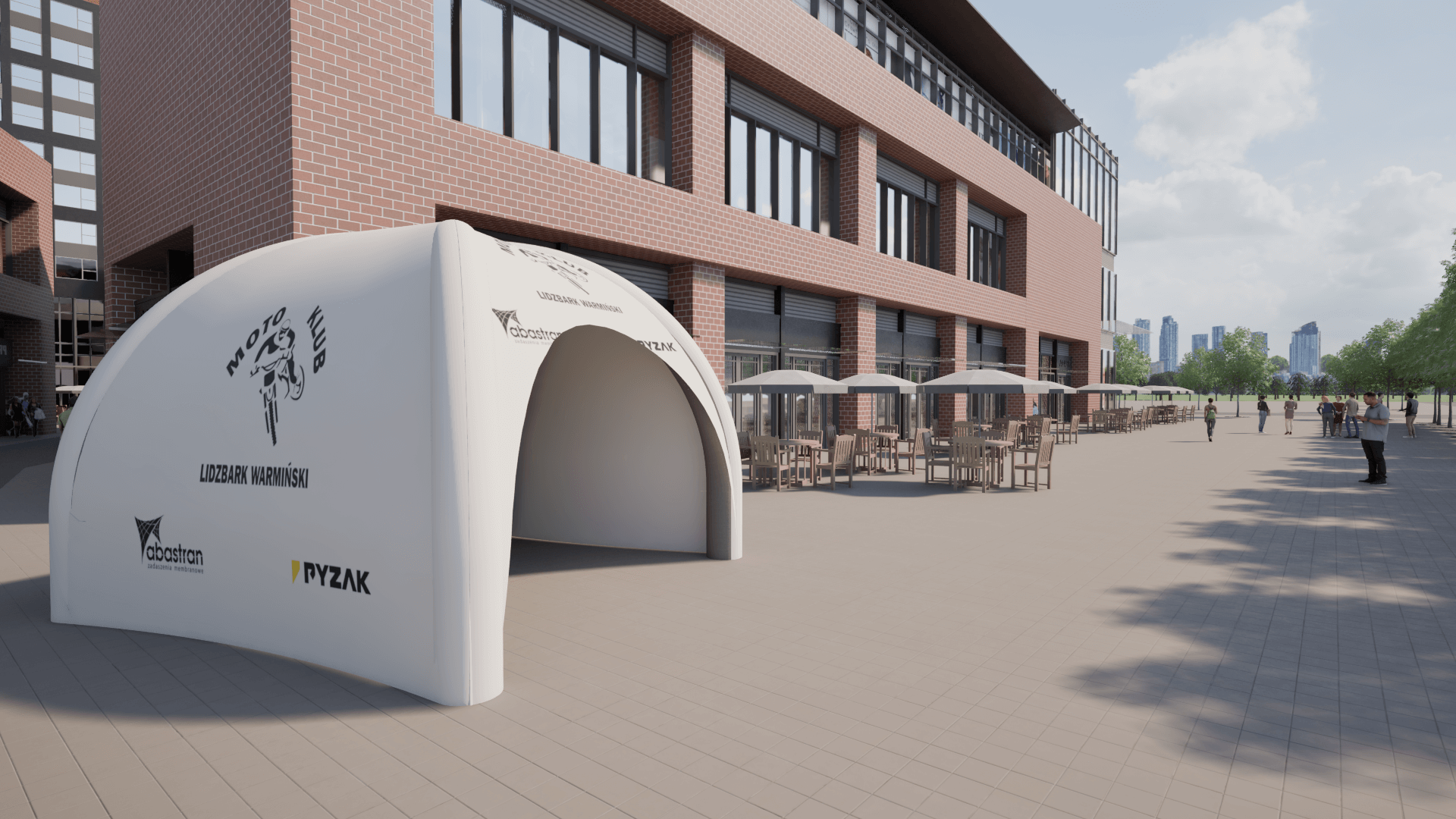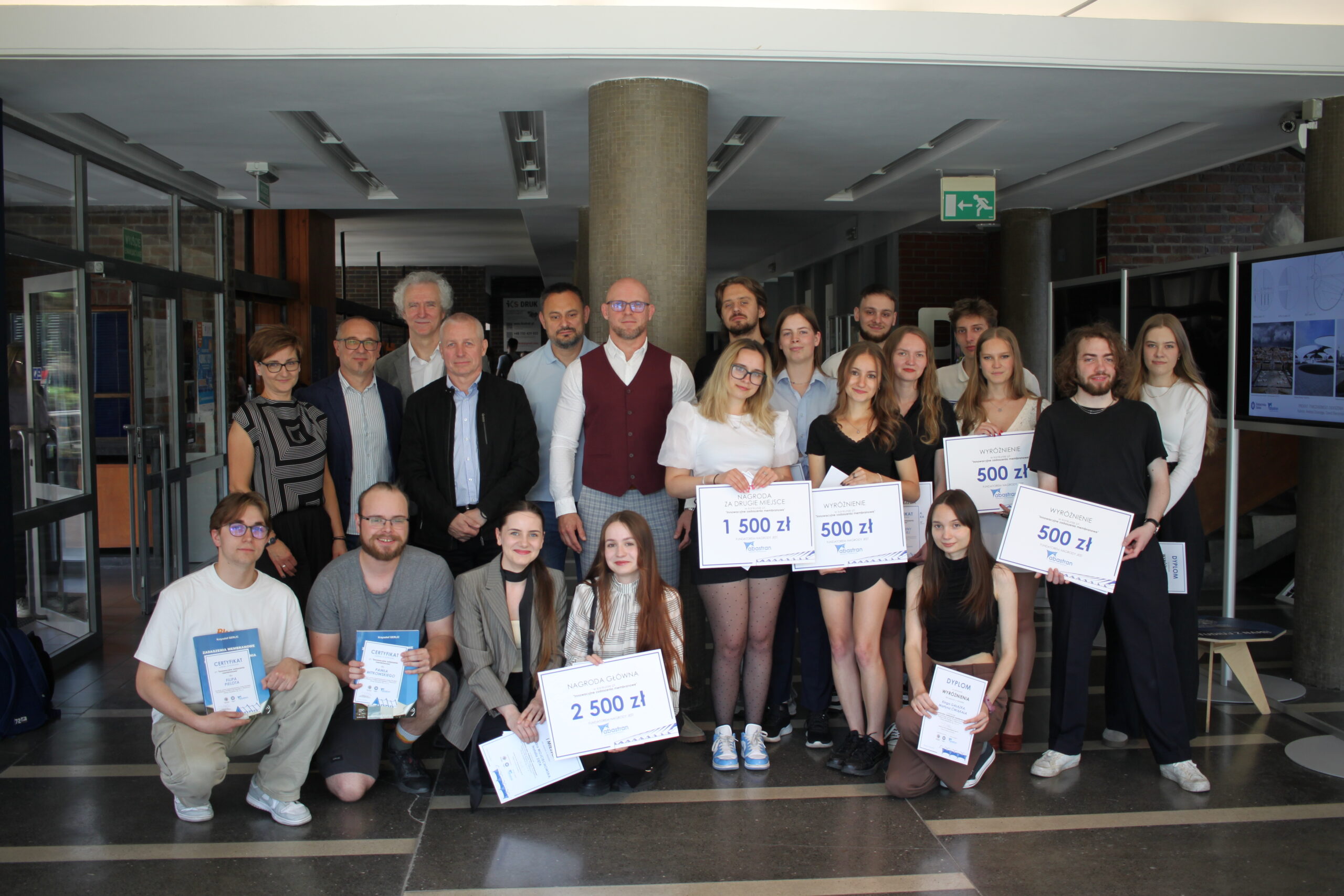
How to Choose a Sports Facility Roofing System?
In recent years, we have observed a dynamic increase in the number of covered sports facilities in Poland. Statistics show that the number of covered pitches has increased by over 40% in the last decade alone. This trend stems from the growing expectations of users who want to use sports infrastructure year-round, regardless of weather conditions. However, choosing the right roofing system is a complex challenge due to the variety of available technological and material solutions.
The decision on the type of roofing for a sports field should be preceded by a thorough analysis of needs and local conditions. In this article, we present key selection criteria supported by practical examples to help investors make an optimal decision tailored to their individual requirements.
Key Factors in Choosing a Roofing System
The first step in choosing the right roofing is a thorough analysis of user needs. It must be determined whether the facility will primarily serve indoor sports or if it should retain the character of an open space with the possibility of temporary covering. Equally important are the climatic conditions of the region where the structure will be built – snow load in mountainous regions may require the use of reinforced structural systems compliant with the PN-EN 1991-1-3 standard.
Specific requirements of sports disciplines also determine the choice of roofing. Different height and span parameters will be needed for football pitches compared to tennis courts or basketball courts. It is also worth considering the flexibility of the space for organizing non-sporting events, which can significantly increase the investment’s profitability. At Abastran, we specialize in designing membrane structures and steel structures that can be optimally adapted to the specific requirements of various sports disciplines.
Overview of Sports Roofing Technologies
Pneumatic halls (air domes) are an interesting option for investors looking for temporary solutions. According to regulations, structures installed for a period not exceeding 180 days do not require a building permit, which significantly simplifies formalities. This technology works particularly well for tennis courts, where systems with a double PVC membrane provide up to 40% energy savings compared to traditional solutions.
Steel structures offer durable, permanent solutions with the possibility of using advanced thermal insulation systems. For prestigious facilities, innovative ETFE systems are increasingly used, combining lightness with exceptional durability and light transmission. Hybrid solutions, combining the advantages of a permanent structure with membrane elements, are also an interesting trend. Our experience in designing and producing pneumatic halls allows us to advise on the best solution tailored to the specific needs and budget of the investor.
Construction Materials – Durability and Economy
The choice of construction materials is crucial for the durability and operating costs of the facility. PVC membranes have a lifespan of 15-25 years and high resistance to UV radiation. Polycarbonate glass provides excellent acoustic insulation and impact resistance, which is particularly important in sports facilities. Galvanized steel structures require regular maintenance, usually every 5 years.
Innovative solutions are also appearing on the market, such as self-cleaning coatings or photovoltaic systems integrated into the roof, which can significantly reduce the facility’s operating costs. For outdoor swimming pools, membranes with an anti-algae coating are worth considering, reducing cleaning costs by up to 30%. At Abastran, we offer professional PTFE fabrication and PVC welding, ensuring the highest quality execution of membrane coverings for sports facilities.
Legal Aspects and Formalities
Implementing roofing for a sports field involves meeting specific legal requirements. Permanent structures are subject to zoning conditions, while temporary structures are regulated by the Building Law Act. It is also important to consider the requirements of sports organizations, such as the PZPN (Polish Football Association), regarding lighting and ventilation.
According to the 2024 amendment to the regulations, mobile structures up to 300 m² do not require a building permit, creating interesting opportunities for school and local projects. Adapting the facility to fire safety regulations is also crucial, which may influence the choice of materials and technical solutions. We invite you to contact our team of specialists, who will help guide you through all the formalities related to the implementation of sports roofing.
Choosing the optimal roofing system for a sports field requires a comprehensive approach considering technical, economic, and legal aspects. It is worthwhile to conduct a pre-investment audit and consult with an experienced designer who will consider the entire life cycle of the facility before making a decision. Modern trends, such as integrated structural monitoring systems, can further enhance the safety and operational efficiency of the roofing.

Advertising Tents as an Investment – How to Increase Brand Recognition at Events?


Competition for Innovative Membrane Roofing – Results and Inspirations
This year, we had the pleasure of organizing a competition together with the Faculty of Architecture at the Silesian University of Technology for 6th-semester students to design innovative membrane roofing. The award ceremony, held at the Faculty of Architecture in Gliwice, was the culmination of the young designers’ creative and technical journey.








